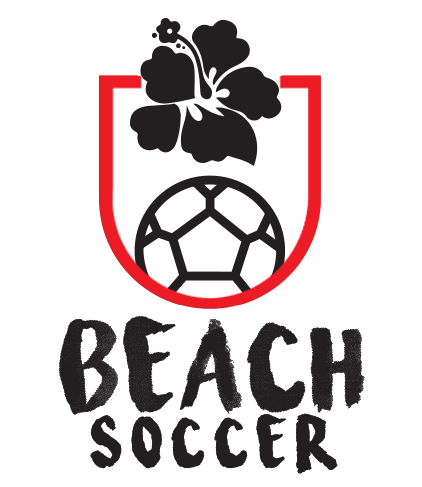

What is Beach Soccer?
Beach soccer, also known as beach football, sand football or beasal, is a variant of football played on a beach or some form of sand.
What are the major differences from football?
- The ball is inflated to a lower pressure (0.4–0.6 atm, compared to 0.6–1.1 atm in football).
- Instead of a throw-in, a team may choose to take a kick-in.
- Preventing an opponent doing a bicycle kick is a specific foul.
- Teams may not keep possession in their penalty area for more than four seconds.
- Goalkeepers may handle a back-pass from a teammate a maximum of once during their team's possession. This is considered reset once the opposing team has possessed the ball.
Beach Soccer Rules
The rules of beach soccer are based on the Laws of the Game of association football, with some modifications.
Field
A beach soccer field is a level sandy area smaller than a regular association football pitch. The field is cleared of pebbles and seashells along with any other objects which could injure a player.
The field is rectangular in shape and the touch line is longer than the goal line. The field dimensions are:
- Length: 35–37 metres (38.3–40.5 yards)
- Width: 26–28 metres (28.4–30.6 yards)
The penalty area is within 9 m (9.8 yards) of the goals and is marked by a yellow flag situated in touch. Two red flags opposite each other are at the center of the field to represent the half-way line. The goals are smaller than their standard association football counterparts, being 2.2 metres (7 ft 3 in) from the ground to the bottom of the crossbar and 5.5 metres (18 ft) in width between the inside of each upright.
Players
Each team consists of five players including the goalkeeper and an unlimited number of substitutions, from a selection of three to five players. Throw-ins and kick-ins mean the pace and flow of the game can be faster than regular football. Shoes and socks are not allowed; players must play in bare feet, although ankle guards are permitted. Goal clearances (the equivalent of a goal kick) are taken by the goalkeeper using their hands to throw the ball and a goal cannot be scored directly from these.
Match length
A game lasts 36 minutes and is split up into three 12-minute periods. Unlike association football, in professional matches the referee is not the sole arbiter of the end of a period. A separate timekeeping official controls the official game clock, which is stopped for stoppages in play and typically counts down to zero, as in North American sports such as basketball and ice hockey. Draws are not permitted, with the game going into three minutes of golden goal extra time followed by a penalty shoot-out if the score is still on level terms after normal time. Unlike normal football, penalty kicks are directly decided by sudden death rules; it was changed since 2014 to three kicks from the penalty mark are taken, and the team that has scored more wins. If it is not decided after three kicks from the penalty mark, the sudden death rules will then be applied. Since 2021, the rules were changed again from three to five kicks from the penalty mark.
Referees and discipline
Beach soccer has two on-field referees who co-operatively referee the game. They are assisted by a third referee who acts in a manner similar to football's fourth official and a timekeeper.
As in football, yellow and red cards can be issued. Unlike in association football, the team can then bring on a substitute to replace the dismissed player after two minutes. Similar to a power play in ice hockey, this period of numerical advantage ends early if the penalised team concedes a goal.
Free kicks and penalties
Free kicks are awarded for various fouls. All free kicks are direct free kicks which has to be taken by the player who was fouled, unless awarded for deliberate handling. The laws specify that all players apart from the opposing goalkeeper must clear a zone between the kicker and the goal. Penalties are awarded for fouls within the penalty area.
 Admin Login
Admin Login